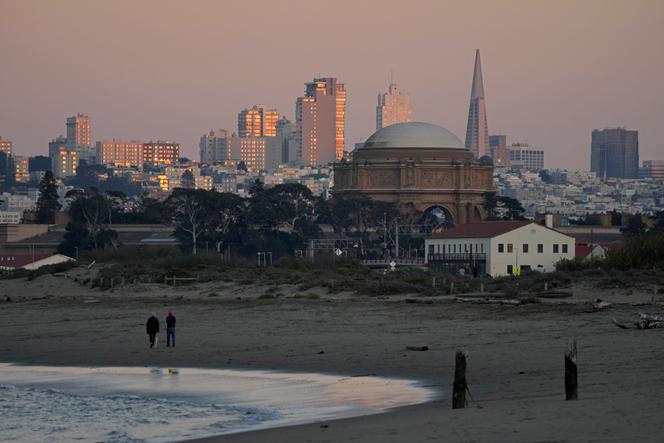


Inequalities are becoming increasingly stark in the Silicon Valley. On March 7, when presenting the annual report of his organization, Joint Venture Silicon Valley, a research institute not usually suspected of radical sympathies, its president, Russell Hancock, warned against "the conditions for instability and revolt" created by the widening gap between the very rich and the poor. An unusual diagnosis in a region accustomed to colossal fortunes.
According to this document, Silicon Valley Index, which has been measuring the health of the region's economy and population since 1995, the concentration of wealth has never been so pronounced. Silicon Valley – the peninsula that stretches between San Francisco and San José, 80 kilometers to the south – is home to 56 billionaires and 145,000 millionaires. The richest 1%, some 9,000 households, possess 42% of the collective wealth, that is $421 billion. The wealthiest 10% hold 71% of the collective wealth, an increase of one percentage point compared to 2023.
The nine richest billionaires alone have 15 times more liquid wealth ($150 billion) than half the region's population ($10 billion for 447,000 households). On the list are Mark Zuckerberg (Meta), Laurene Powell Jobs (philanthropist and widow of Apple's Steve Jobs), Larry Page and Sergey Brin (founders of Google), Jensen Huang (Nvidia), Eric Schmidt (former Google CEO), Jan Koum (co-founder of WhatsApp), financier George Roberts and Robert Pera (Ubiquiti Networks).
You have 75.78% of this article left to read. The rest is for subscribers only.
